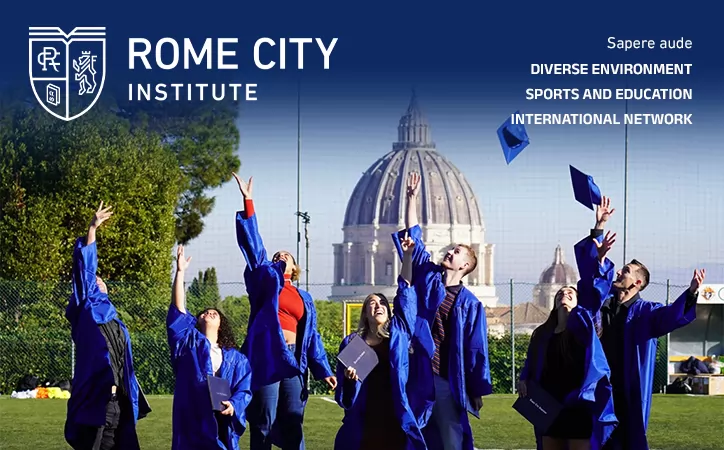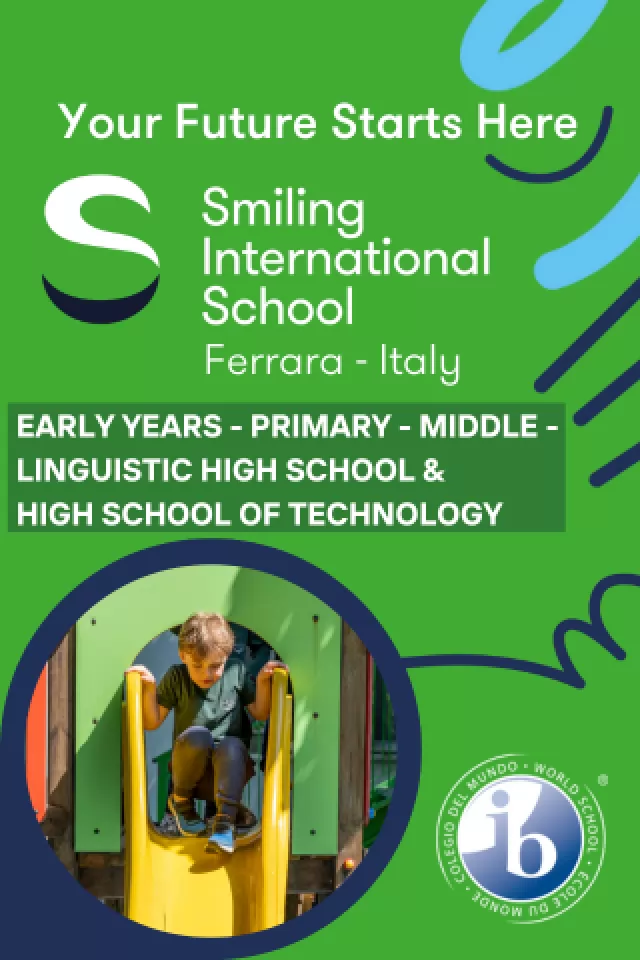Former Rome mayor Ignazio Marino was instrumental in establishing the world's first dual international medical degree.
Rome's Università Cattolica del Sacro Cuore (UCSC) and the Thomas Jefferson University in Philadelphia have created a pioneering international medical degree programme, hailed as the first of its kind in the world. The agreement gives medical students at UCSC the chance to earn a Bachelor of Science degree from Thomas Jefferson University and Doctor of Medicine degrees from the Sidney Kimmel Medical College at Thomas Jefferson University and UCSC, all within six years.Current medical education requirements differ vastly between the US and Europe. Medical students in the US must earn a four-year undergraduate degree and then a four-year medical degree in order to practice medicine in America. However medical students in Italy have no undergraduate degree requirement and can earn a degree within six years, followed by three months of internships and state exams.
Rome's Policlinico Gemelli Hospital, located on the UCSC campus, also signed the agreement, which gives UCSC students the opportunity to travel to Thomas Jefferson University to meet the US undergraduate requirements needed to pursue a medical degree.
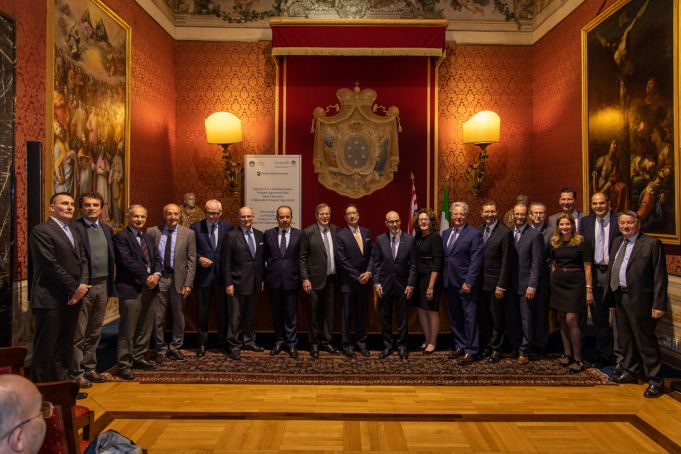
Professor Ignazio R. Marino. Professor of Surgery, Sidney Kimmel Medical College, Thomas Jefferson University. Senior Vice President for Strategic Affairs, Thomas Jefferson University and Jefferson Health.
WiR: What is at the core of the agreement?
Professor Marino: In May 2017 Thomas Jefferson University and Università Cattolica del Sacro Cuore (UCSC) signed a general collaboration agreement but on 11 November 2018 a much more concrete agreement was sealed to launch the so-called joint Jefferson/UCSC “3+3” programme. According to the agreement, students who are enrolled in the international English language Medicine & Surgery track at Università Cattolica in Rome may be selected to complete a six-year programme that allows them to earn a triple degree: a Bachelor of Science degree from Jefferson, a Medical degree from Jefferson Sidney Kimmel Medical College, and a Medical degree from UCSC. This will be accomplished taking half of the classes in Rome and half in Philadelphia, experiencing both cultural and academic environments. At the end of the programme, graduates will be allowed to practice medicine both in Europe and in the United States, which is what makes the programme so unique and special – a project attempted by many in the past, but never accomplished until Jefferson and UCSC partnered. We now look forward to welcoming the first students at Jefferson in 2019.
What scenarios will the programme create?
The agreement will train tomorrow’s physicians, professionals who will face new challenges in a global world. Our programme’s graduates will be free to practice medicine in the 28 European states, as well as in the US or to train further in two continents, applying for residences without having to take further tests or worrying about having their degree acknowledged abroad. Our students will be exposed to very different academic, clinical and research scenarios and will be able to take the best out of each system.
I wish I had been given this unique chance back in my day. Instead, after graduating in Italy (precisely at UCSC in Rome), I had to study hard and take several tests before being considered and accepted at a US institute to complete my specialty training.
Our agreement allows students to save time, become fluent in another language and above all earn an incredible advantage over regular graduates, especially when seeking training and work opportunities overseas. The agreement has received public praise by the Italian Ministry for Education, University and Research which has expressed its deep appreciation of double degree programmes.
What was your role in drawing up the agreement?
I am a Cattolica University alumnus. I graduated there in 1979 and am very proud of my background. After my residency, in the early 1980s, I moved first to England, later to the US, to train in organ transplantation. It wasn’t easy. I remember studying very hard to be accepted. Today, I am Professor of Surgery at Jefferson Sidney Kimmel Medical College and Senior Vice President for Strategic Affairs at Jefferson. In my capacity I immediately thought that such a programme could offer an incredible chance to medical students. This was obviously possible thanks to the vision and flexible thinking of Jefferson and UCSC leaderships.
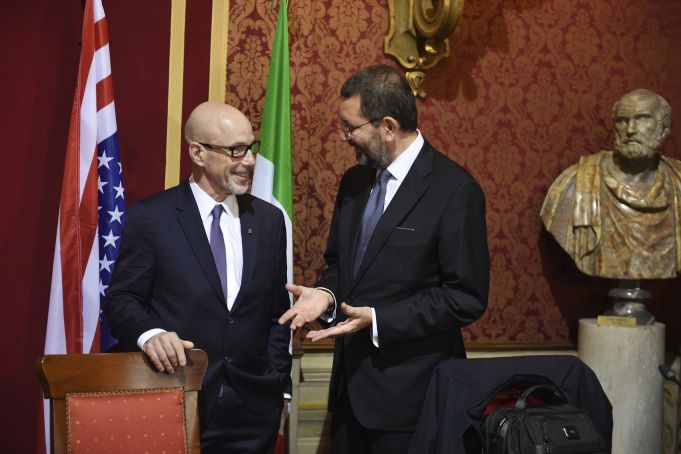
WiR: How do you foresee the future of the medical sector in the next decades?
Dr Klasko: I believe that healthcare will once and for all join the consumer and digital revolution that has transformed all other industries. Specifically, I believe that by 2022, 25 per cent of hospitals with $1 billion of net revenue will be providing real time genomic based decision support. By 2024, 20 per cent of the population with chronic conditions will be relying on virtual health assistants for wellness and health management. By 2025, 35 per cent of all care in Europe and the US will be delivered virtually. By 2027, for the first time, the majority of interactions will be virtual or remote and the majority of those involved AI or machine cognition applications. I also believe that physicians will be global, that a physician practicing in Italy or China will be able to practice in the United States and vice versa and that, just as we do with pilots we will know they are competent through simulation and technical/teamwork assessment technology.
What is the goal of the deal with UCSC?
In many ways, our partnership started as a match.com of shared values. Our mission is “we improve lives.” Our vision is to reimagine healthcare, education and discovery to create unparalleled value. And our three prime values are: put people first, do the right thing, be bold and think differently. That mission, vision and values synched up very nicely with that of Cattolica University. At the end of the day, though, the relationship gets down to people ,and working with Professor Walter Ricciardi and the leadership of Cattolica University and Gemelli Hospital along with my senior vice president, Professor Ignazio Marino created a real opportunity to start the process of creating a global physician and a global healthcare system with two great forward thinking universities.
Will the deal also involve financial and scientific exchange?
Along with the educational programme and the dual degree programme, we look to expand this partnership across four pillars—education, research, innovation and clinical activity. We look forward to joint research projects across the European Union and the United States attracting foundation dollars from global foundations, such as the Gates Foundation, from European funding sources such as Horizon 2020, and from US philanthropy and foundations. We also plan on breaking down borders clinically, including a global kidney exchange that will open the doors across the EU and USA (and potentially other countries) to expand eligible donors for kidney transplantation. Finally, innovation, information technology and augmented intelligence know no boundaries, and we are excited about leveraging the innovation and transformative ideas at both institutions across the globe.
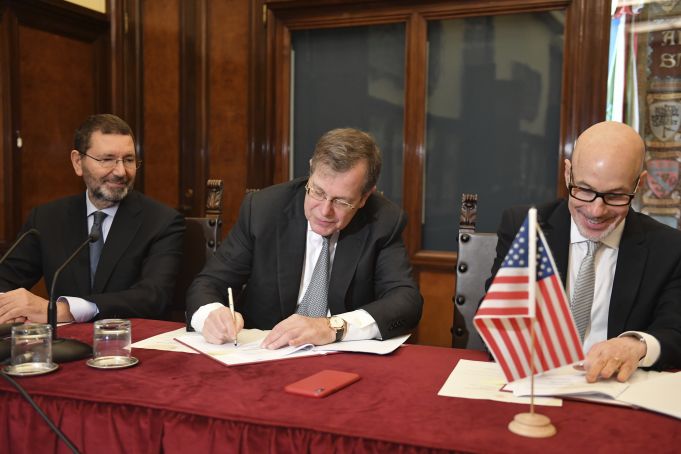
WiR: How did the idea of the partnership develop?
Dr Tykocinski: Historically, Jefferson has been a bold innovator in medical education. Founded as the United States’ fifth medical college almost two centuries ago, it pioneered, back then, medical student teaching at the bedside. These days, as the Sidney Kimmel Medical College, it continues this pioneering tradition, with ground-breaking approaches to curricular and co-curricular design. One path of innovation focuses on reimagining and streamlining the longitudinal continuum of medical education, including developing one that mints a true international physician. This is at the heart of the Cattolica-Jefferson dual MD pathway. More than just paving the way for select physicians to train and practice freely across continents, this first-of-its-kind training pathway will mould care-givers who comfortably traverse diverse ways of thinking and bridge disparate knowledge domains. We see a new class of creatives emerging who can draw the best from disparate cultures and apply lessons learned across continents.
Do you have similar partnerships in Europe or with other countries worldwide?
A core component of our university’s strategic vision is to be an outward-looking enterprise. In pursuing this vision on the international front, we’ve chosen to focus our energies and resources on a handful of countries where we formally establish Jefferson global centers. Each such centre is tasked with cultivating a deep, multi-institutional presence in its respective country, including a series of unique, first-of-its-kind educational and research programmes. Italy was an obvious choice for Jefferson, given our rich common history, and within the framework of the Jefferson Italy Center, Cattolica University emerged as an ideal first partner, given its prominence on the Italian academic scene and an array of cross-institutional synergies.
Looking beyond Italy, Jefferson is also developing global centres in several other countries, Japan, Israel and India among them. Jefferson has a compelling reason and a defined value proposition for each. From Jefferson’s perspective, Italy offers an ideal gateway to the European Union, as well as an opportunity to be enriched by a culture with deep roots in the arts and sciences. With its Japanese partners, Jefferson has been pursuing its interests at the nexus of medicine and humanism. As ‘Start-Up Nation’, Israel offers a venue for translating basic discovery into product and service innovation. And India has offered Jefferson opportunities for innovating on the global health front, with forefront initiatives linked primarily to the health needs of women and children. Once Jefferson’s global centres are firmly ensconced, we see the potential to create powerful multinational consortia among them, driving transformational initiatives for training and research.
What does the Italian medical system have to envy from the US system, and vice-versa?
US medical schools, and their associated academic medical centres, have proven to be powerful generators of medical innovation – driving the basic sciences and their translation into the clinic. This has been effectively coupled to training of the next-generation of physicians and biomedical scientists. It is at the cutting-edge of the medical sciences that the United States has excelled. Yet, the US has a long way to go when it comes to optimising the delivery of healthcare services, especially from efficiency and equity perspectives. This is where the US can learn from its European partners.
By Marco Venturini
This article was published in the January 2019 edition of Wanted in Rome magazine.



